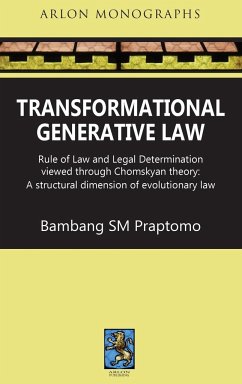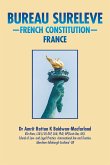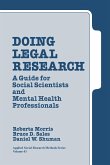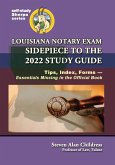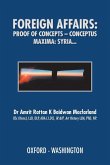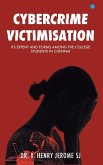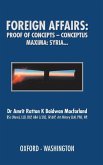This book identifies a certain structure of law based on Noam Chomsky's theory of transformational generative grammar in linguistics. In line with this theory, this book presents an analysis of the deep and surface structures of law and legal reasoning in between these two structures, following signifcant notions in Chomskyan theory: competence, performance, prescriptivity, descriptivity, generativity, and transformativity. Generativity and transformativity are in between competence and performance and in between prescriptivity and descriptivity. Descriptive and prescriptive jurisprudence are discussed in this book, taking into account that the descriptions of law can be found in jurisprudence: law is described under the auspices of natural philosophy and positive philosophy. Law description varies from norm to attitude, that are both opposite to each other but also complementary tasks. In line with the notions of competence and performance, and those of prescriptivity and descriptivity, between which generativity and transformativity occur, rule of law as the competence or deep structure of law and legal determination including court orders/concrete decisions, administrative action, alternative dispute resolution, customary practice and undisputed practice as the performance or surface structure of law, are discussed. Using informed intuition, when deciding, judges take into account similarities between the current case and previous similar cases, which then constitute exemplars of a certain legal rule on a certain issue, and such a legal rule appears as a classification or category which constitutes a coherent set. Such a legal rule then exists as a category and a coherent set, and such a current case and its precedents are category exemplars and members of the coherent set. Law is thus generative-transformational or transformational-generative, and transformational generative law exists.

